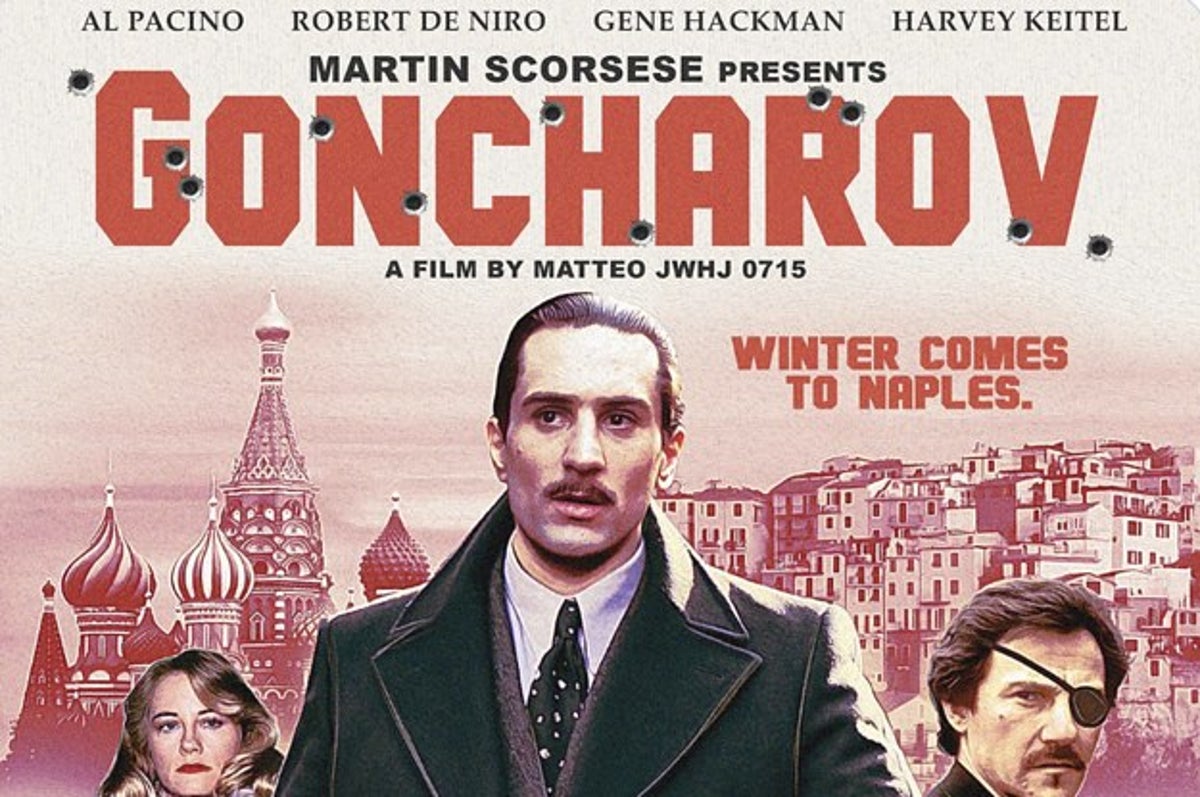If Scorsese’s ‘Goncharov’ Is Not Real, Explain This
Checkmate, skeptics

The Internet has been going wild over Martin Scorsese’s famous “lost film,” Goncharov. Even Scorsese himself has commented on the renewed interest in his work. Some accuse Goncharov of being “overrated,” or even “not a real film.” But if that were true, how would you explain the massive fandom that’s sprung up around it?
Since the film’s rediscovery, a new generation of fans has latched onto it, creating gorgeous fan-arts, covers of the theme, and a record-breaking 633 fanfics on Archive of Our Own. Not since the premiere of Rogers the Musical has a fandom sprouted up seemingly overnight—and that musical was based on one of the greatest superheroes of all time.
Many newcomers have latched onto “mafia wives” Katya and Sofia, who are, respectively, the wife and mistress of the main character, Goncharov. Despite this, Katya’s actions throughout the film seem mainly focused on keeping Sofia close, and many cite the tension of the lipstick scene as being sexual, rather than of two women fighting over the same man.
But some are baffled by the celebration of the homoerotic gangster film. Why celebrate a film with “queer subtext” when there are many other films that are actually about the queer experience?
Ultimately, I think this opens up an interesting argument about queer subtext vs. queer text.
A brief history of queer subtext
We’ve written at length about the dangers of queerbaiting and fake representation. But it’s important to remember that, for much of cinema’s history, being queer on screen was practically illegal. The Hayes Code prevented queer characters from having happy endings, assuming they were allowed to exist in the first place. As such, queer subtext in cinema was text for decades.
Films like Tea and Sympathy and Rebecca (1940) were made pre-Stonewall riots, when homosexuality and crossdressing were criminalized. So, much like in real life, queer characters had to exist in a space that assumed straightness and punished queerness.
Now that queerness is becoming more accepted, people are looking back at these works and seeing not just subtext, but a history of queerness in film.
Goncharov‘s emerging fandom
The fact that Goncharov is a movie in which both the leading ladies have agency and survive also lends itself to fandom, especially in a male-dominated genre like the gangster movie. If anything, the lack of pre-existing fandom also helps because there are no fans to try and take it away from us.
Many movies like Top Gun have queer subtext, but also have male-dominant fandoms that refuse to open up that conversation. In a smaller fandom, every reading is just as legitimate as another, and we don’t have to worry about bros on YouTube calling us delusional.
All of that can lead to a liberating experience for queer readers. We don’t have to put labels on Katya and Sofia, arguing about whether they’re lesbians or bisexual—we can just enjoy their relationship and create a world where they can run the mafia together.
What do you think of Goncharov and people re-evaluating the queer subtext of older films?
Have a tip we should know? tips@themarysue.com